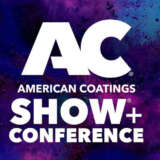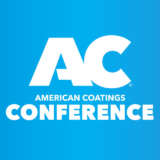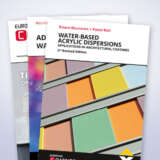Ideas Aplenty: Functional and Smart Coatings
Supply chain and economies of scale factors remain the biggest issue

Rigoberto Advincula
Governor’s Chair Professor at the University of Tennessee, Knoxville
Rigoberto Advincula, Governor’s Chair Professor at the University of Tennessee, Knoxville gives his perspective on significant developments and arising possibilities in this field.
Functional and smart coatings is already a vibrant enough topic to have spawned dozens of R&D projects. What is the next “big thing” regarding smart coatings?
Yes, language has become part of our coding vocabulary, and it is hard to imagine that there is something new. Although many publications and patents have appeared, the question is: Is it practical or cost-effective? I believe the next big thing in smart coatings is using artificial intelligence and machine learning (AI/ML) to accelerate the search for solutions to coating problems and the discovery process. AI/ML has yet to heavily impact materials research and R&D for coating formulations and failure analysis or characterization. However, it is already being done to a certain extent. It is also called statistics and design of experiments! Smart coatings mean stimuli-responsive coatings, autonomic self-healing materials, and sustainable materials as part of the circular economy. Nanomaterials such as graphene, carbon nanotubes (CNT), nanoclay, and cellulose nanowhiskers will remain essential additives and sustainably sourced polymers.
Where do you see the most significant challenges when it comes to developing functional and smart coatings?
The industry always settles for cost-effectiveness in the performance demands of the market. Although many publications and patents report interesting functional mechanisms and protocols in coatings, the supply chain and economies of scale factors prevent the applications of smart coatings. For example, the research aims to enable more structure-composition-property-processing (SCPP) elucidation in coatings systems. We have done an excellent job in this phase whether in academia or industry. The translational step of research is finding a good fit in solving a particular problem or need.
The translational step of research is finding a good fit in solving a particular problem or need.
The major themes for functional smart coatings are still in: 1) anti-corrosion coatings, 2) energy savings coatings, 3) coatings for extreme environments, 4) phase-shifting coatings (optical, thermal, conductivity, etc.), and 5) sustainable materials and coatings. Adapting new materials and methods for commercial production will depend on the level of investment for scale-up and market demand.
Nature often serves as a model for functional coatings (e.g., shark skin, lotus effect, etc.). What other function in nature seems exciting and promising to become an R&D subject for novel smart and functional coatings?
I have always been fascinated by bio-inspired design or bio-mimicry, so this is spot on. We recently published the use of 3D-printing to create superhydrophobic surfaces with controlled wicking and wetting as a function of the digital design and the printing process. (Superhydrophobic μ-pillars via simple and scalable SLA 3D-printing: the stair-case effect and their wetting models.) Many such designs have been reported and replicated in the past. For example, we published a smart stimuli-responsive mimic of a lotus leaf. But because of using a thermally-responsive polymer that changes its wetting behavior with temperature, we created a “smart lotus leaf.” (Reversible Superhydrophilicity and Superhydrophobicity on a Lotus-Leaf Pattern). Practically, you would like this wetting behavior to spontaneously form with self-leveling and driven by the coating methods as part of the equilibration or curing process. I think there should be more research in this direction in which the spontaneous formation of these textured surfaces can be part of the formulation and the coatings process itself. Creating digital twins with AI/ML will allow us to discover these combinations of materials and coating processes to enable a clear path to scalability.























